The Highlights of a Visit to Diocletian’s Palace
Diocletian’s Palace contains some of the most impressive Roman architecture to be found on the Adriatic coast. Its highlights include the oldest Catholic cathedral in the world still in use, 3500 year-old Egyptian sphinxes, and vestiges of Roman, Venetian, and medieval architecture. Split’s Old City is a Unesco Heritage Site and is also famous as a setting for the popular series ‘Game of Thrones’. And of course, this being the Balkans, it contains lots intriguing (and sometimes ironic) twists of history. This post explores all that and details the highlights of a visit to this ‘living’ museum (I’ll explain that too).
Accommodation: See this post: The Best Hotels in Split (for all budgets)

Diocletian was born in Salona (about 10km outside Split) in 244 AD. The province of Dalmatia was at that time part of the Roman Empire and Diocletian rose through the ranks of the military. He became cavalry commander then, in 284 AD, succeeded as Emperor. He restored efficient government to an Empire in near anarchy during this time period. But what he is most known for is the Diocletianic Persecution, the Roman Empire’s last, largest, and bloodiest persecution of Christianity.
In 305 AD construction began on the palace. It was meant to be his home in retirement. About half the palace was built for his personal use, the other half housed a military garrison. Although a ‘palace’ within, the structure resembles more a fortress with its massive walls and heavily fortified gates. In the same year, Diocletian fell ill and decided to give up the title of Emperor. He is the only Roman Emperor to have ever voluntarily give up the title. He lived in his palace until his death in 311 AD, at the age of 66. His death marked only the beginning in the history of his palace.
Below: A prominent statue is that of Grgur Ninski, located next to the north gate of the palace (known as the Golden Gate). He was a Croatian bishop who opposed the Pope and introduced religious services in Croatian in 929 AD (versus the previous Latin which nobody understood). The bottom right hand photo is the Golden Gate. The others are different gates into the palace – all gates of the palace include two sets of gates for defense (sometimes referred to as a ‘human trap’).
.
About 150 years after Diocletian’s death the Roman Empire fell and the palace was abandoned. It remained empty until the 7th century when residents of the area fled into the walled palace to escape invading Slavs. They occupied the palace and made houses and businesses within the walls. To this day people live within the walls of the palace. Within feet of the palace walls, temples, and churches you’ll see laundry hung out to dry, scooters parked, and plants being watered. Unlike many historic sites, people live within the walls. This is why I describe Diocletian’s Palace as a ‘living’ museum.
.
Below: The bell tower was not part of Diocletian’s design, it was only constructed in 1100 AD and took over 300 years to build because all the different regimes that passed through the region. The result was an odd blend that was not structurally sound – the bell tower in place today is the result of much reconstruction.
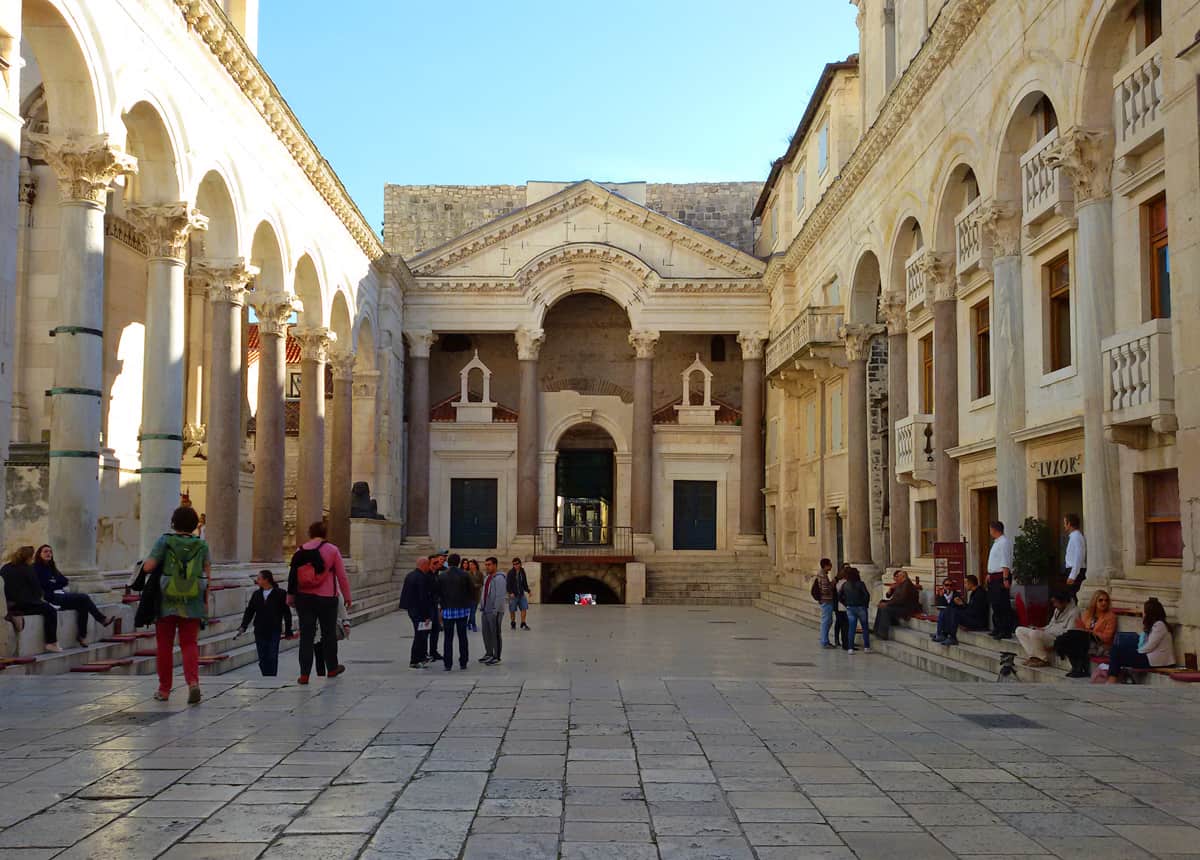
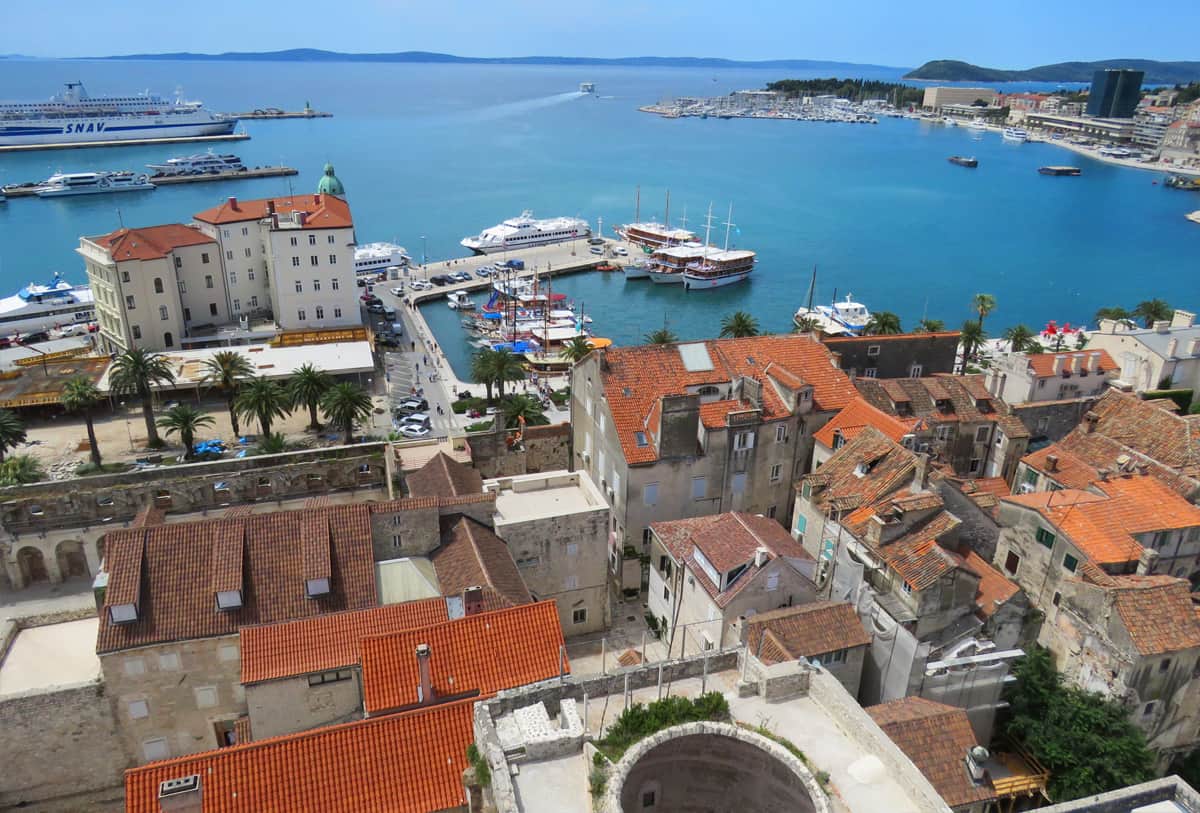
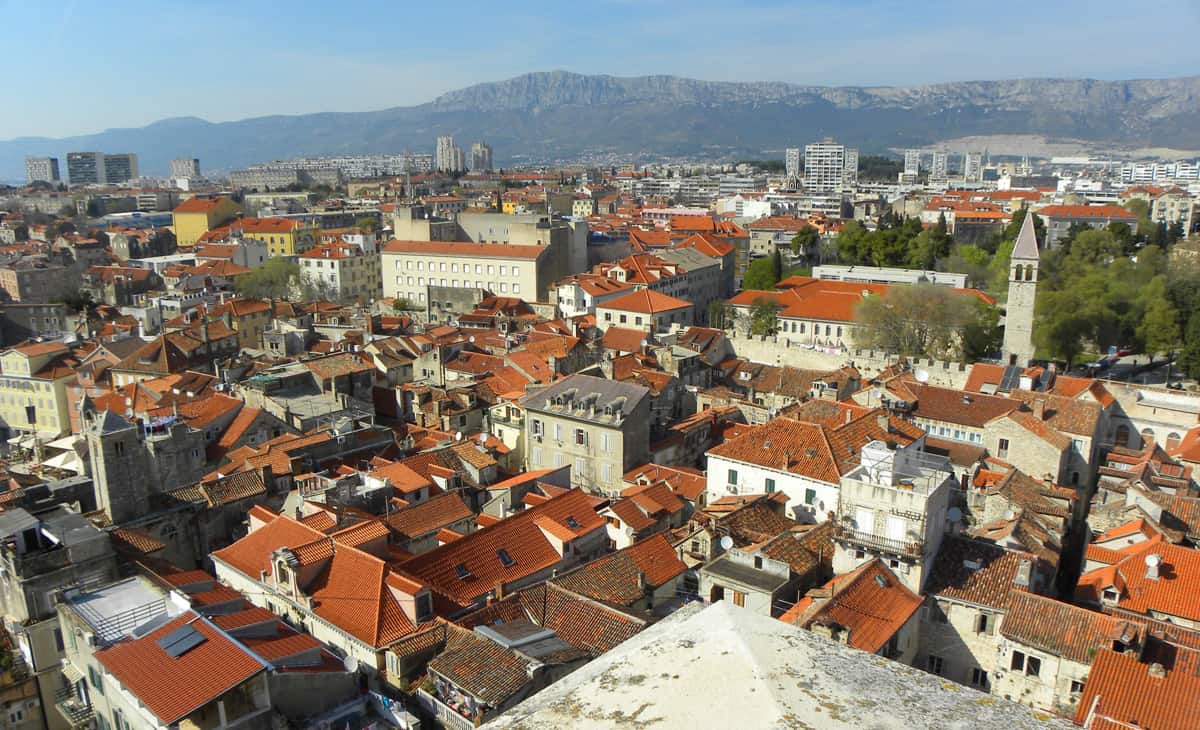
Right next to the bell tower is the small Cathedral of Saint Domnius (in the photo below, to the left of the bell tower). Amazingly, this structure was Diocletian’s mausoleum. By the 7th Century the region had converted to Christianity. The new inhabitants of the palace desecrated some of Diocletian’s relics, removed his body, and turned the mausoleum into one of the world’s earliest Christian churches, naming it after a bishop (Saint Domnius) martyred in the Diocletianic Persecution. Saint Domnius is also the patron saint of Split.
.
Diocletian’s Temple of Jupiter (seen below) wasn’t spared by the Christians either. The Temple was dedicated to the Roman gods, Diocletian included (he thought himself a god). Christians beheaded the Egyptian Sphinx that guards the temple’s entrance, then converted it into a baptistery dedicated to St. John. That’s a statue of Saint John the Baptist in the Temple.
The Christians had their revenge on Diocletian and it is ironic that everything he stood for and built has ended up as Christian sites of worship. Diocletian would be turning in his grave (if he had one…nobody knows what happened to his remains after the desecration of the mausoleum).
.
The domed Vestibule (below) is one of the most impressive remnants of Diocletian’s Palace. At the time it was a dramatic entry way into his private quarters. Today it is a spot where cappella singers perform Dalmatian folk music (because of the great acoustics).
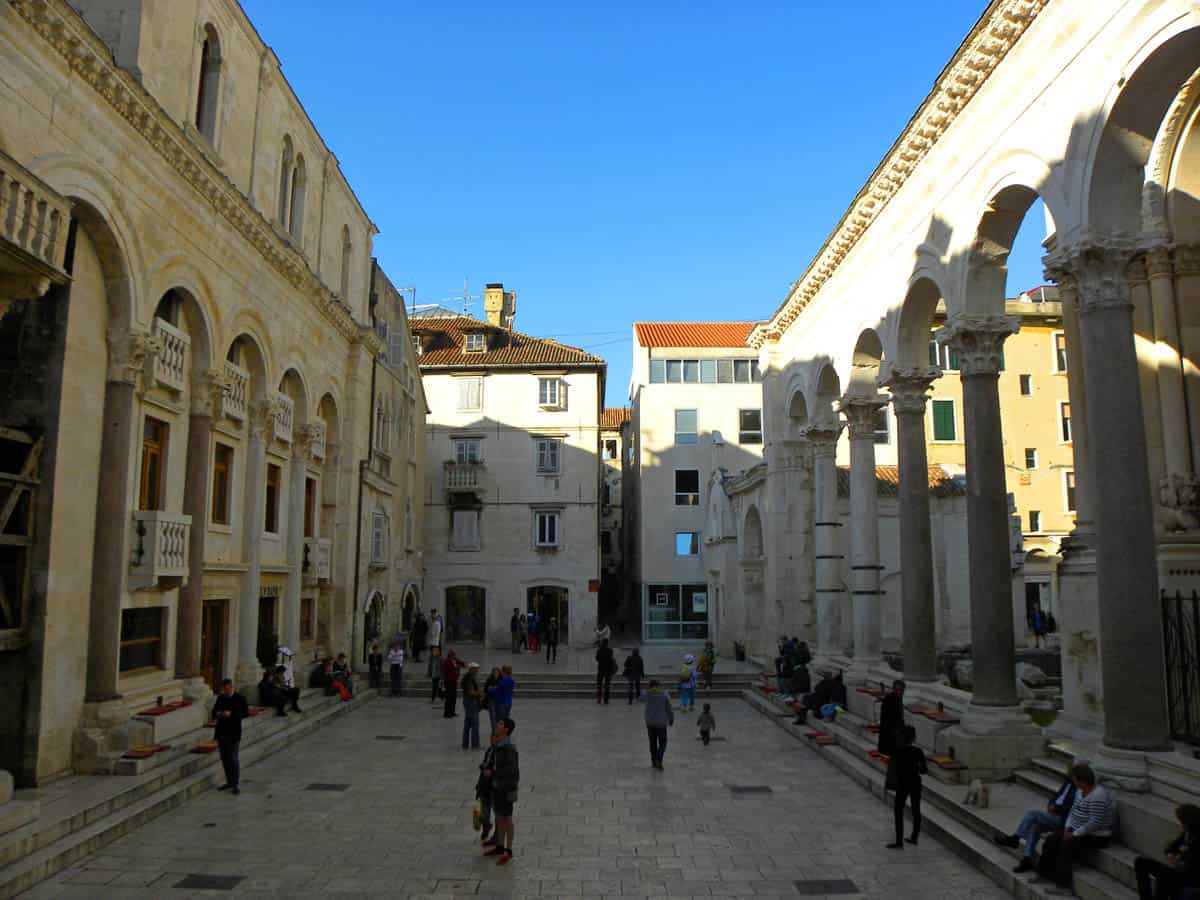
The gates of the palace contain some of the most impressive ruins. The Silver Gate (on the Eastern side of the palace) is pictured below. Note the white-tiled foundation of the palace. It is beautiful (and slippery). It is not marble however; most of it is limestone which has become shiny and used with time.
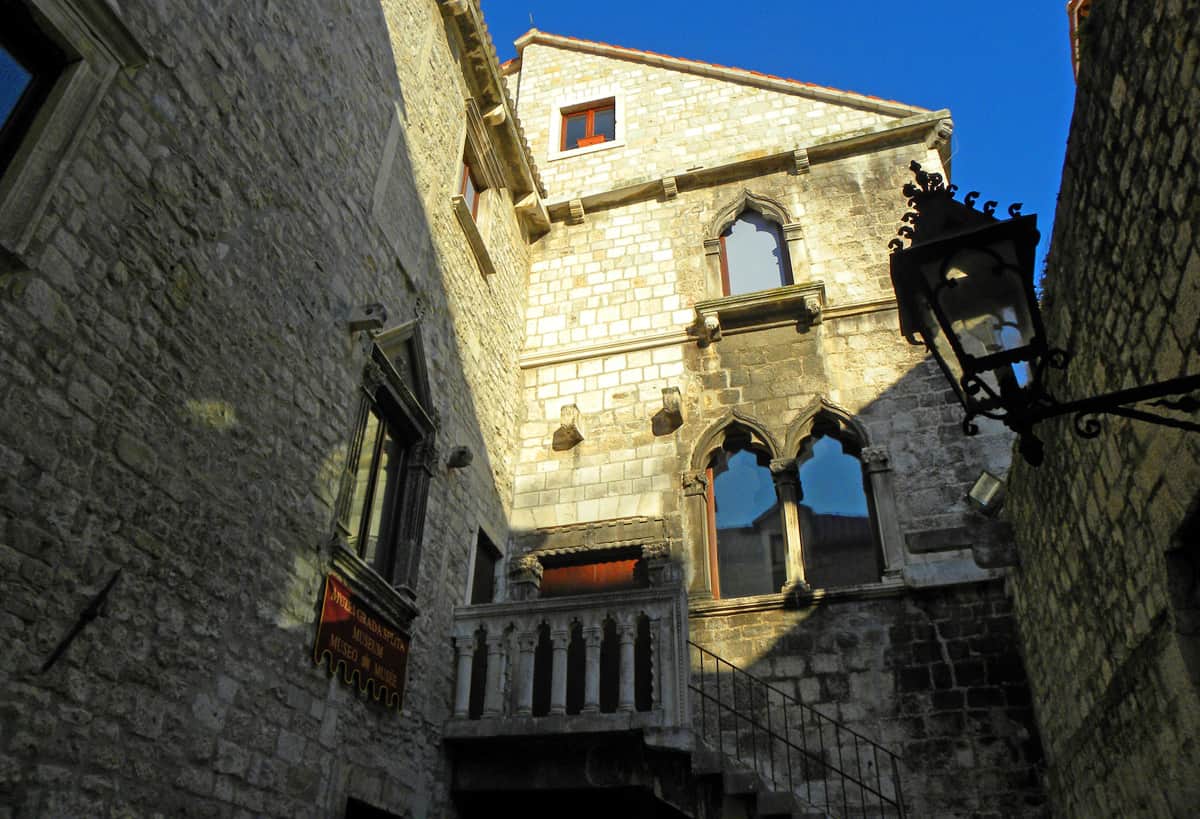
.
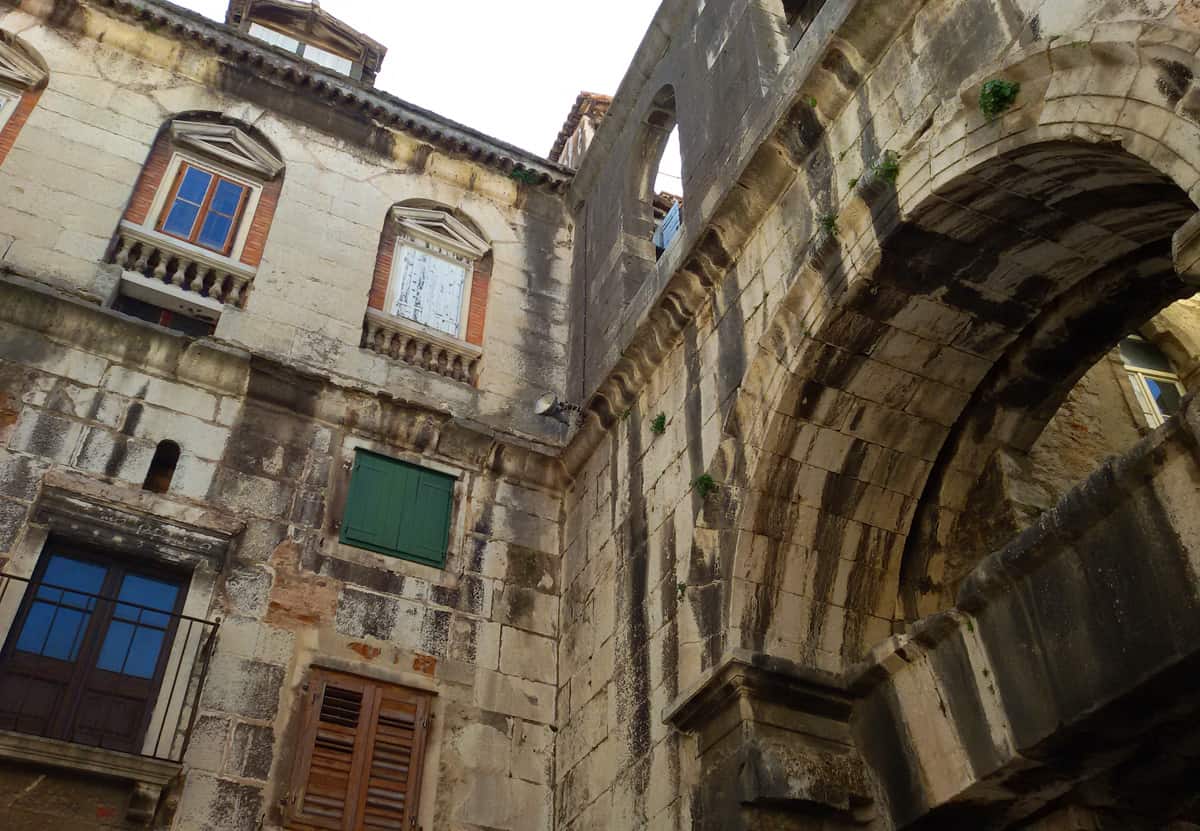
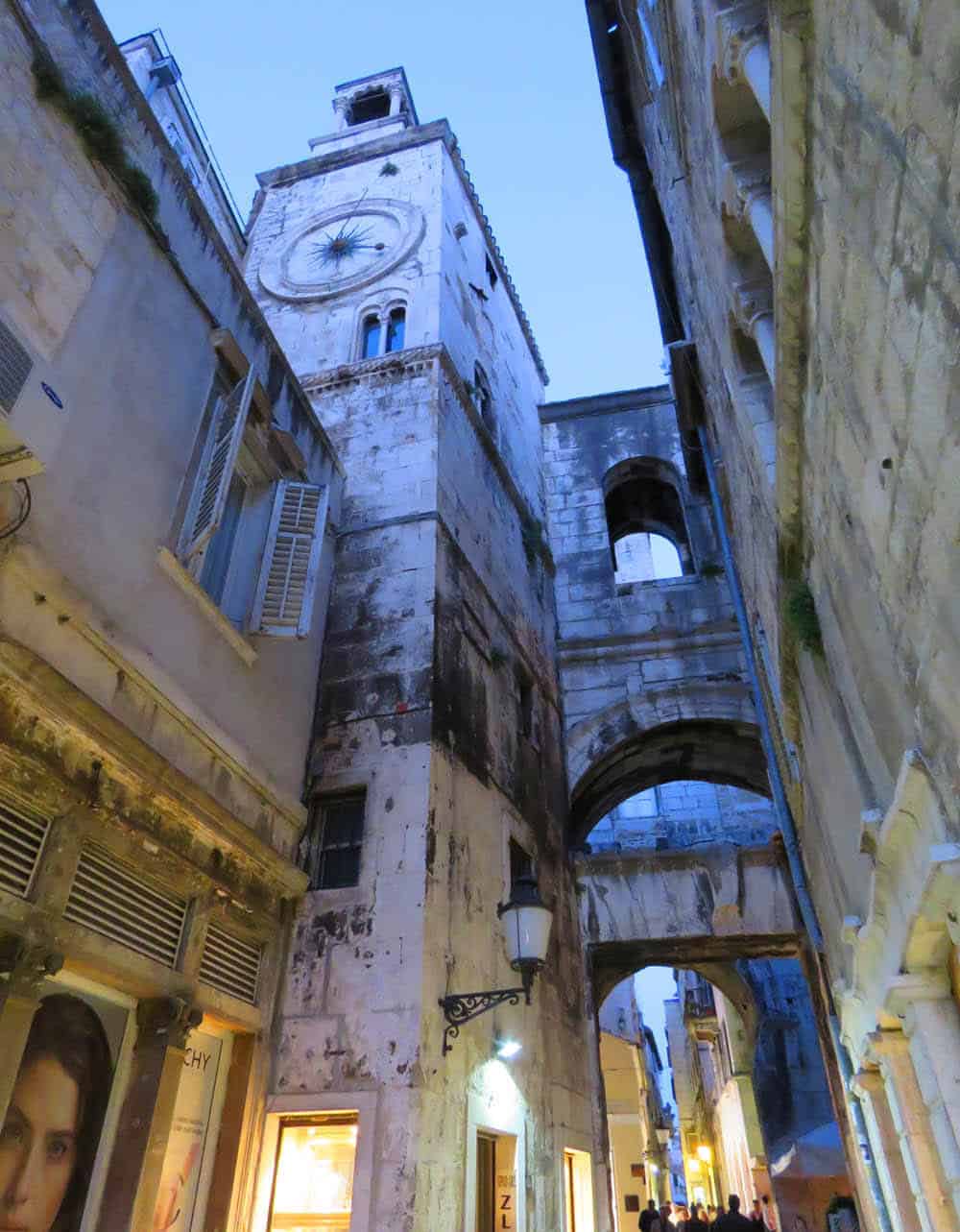
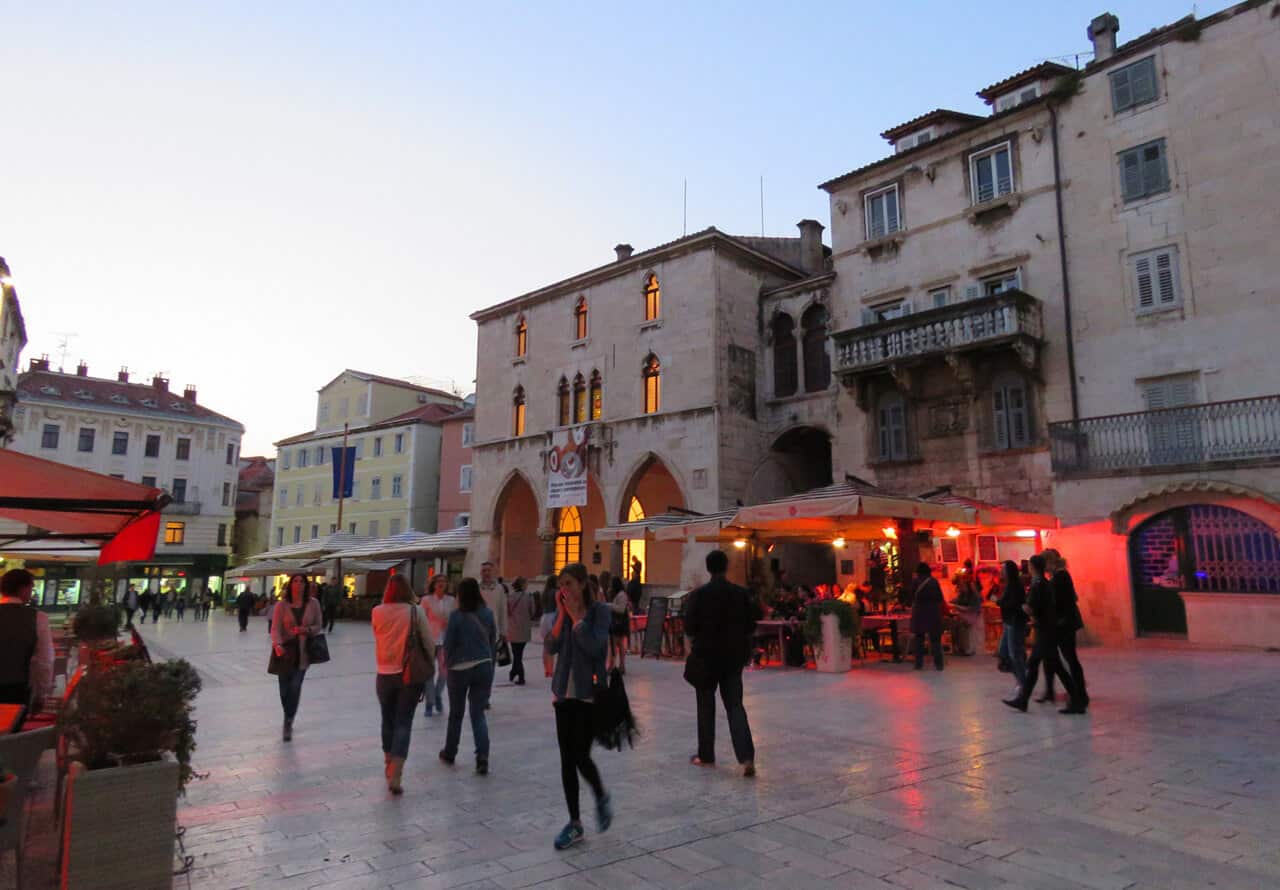
.
The cellars of the palace have to be seen, especially if you are a Game of Thrones fan (Split has this excellent Game of Thrones Tour that you can book). The cellars are accessed from the southern gate (the Bronze Gate) which had direct access to the sea. They are vast and massive and in Diocletian’s time they were used for storage. Today the cellars house a lot of kiosques selling tourist stuff. It is the quickest way to get from the Peristyle (Main Square) to the Seaside promenade (Riva).
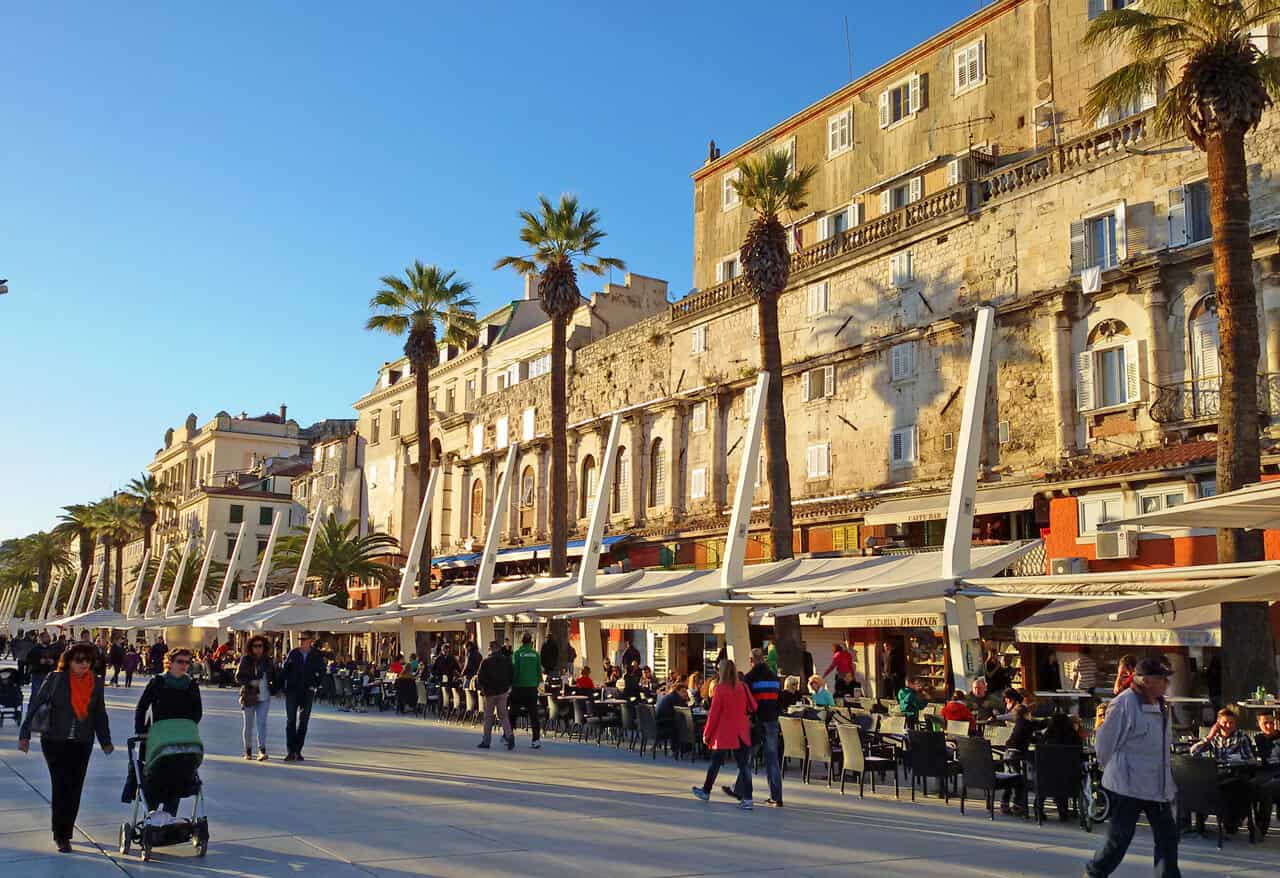
Some practical information
– Diocletian’s Palace is not big. If you walked across it East – West or North – South you could probably go gate-to-gate within 3 minutes. But there are a huge jumble of little streets, all of which deserve to be explored. This post highlighted the historical attractions in the palace but I’ll have one coming up featuring all the beautiful little streets and alleys that make exploring Split so amazing.
– Residents say that tourists often come to them asking “where’s the palace?”. They answer “you’re in it”. Again, it’s a ‘living’ museum and people go about their lives in what was the palace. You can go into a bank and see within it a step or wall dating back to Roman times. Quite amazing.
– I very much recommend a 90 minute walking tour of Diocletian’s Palace. It’s what we did. They also have the Game of Thrones tour that I mention further above.
– There’s many other things of interest in Split. Have a look at my detailed Split Guide.
Related: Our 11 Favorite Places in Croatia (that you should visit)
Related: The Croatian Islands: Which to Visit and How to Do it
Related: Why Mostar needs more than just a day trip
PS. Looking to book flights, hotels, tours, or rent a car? Have a look at our Travel Resources page.

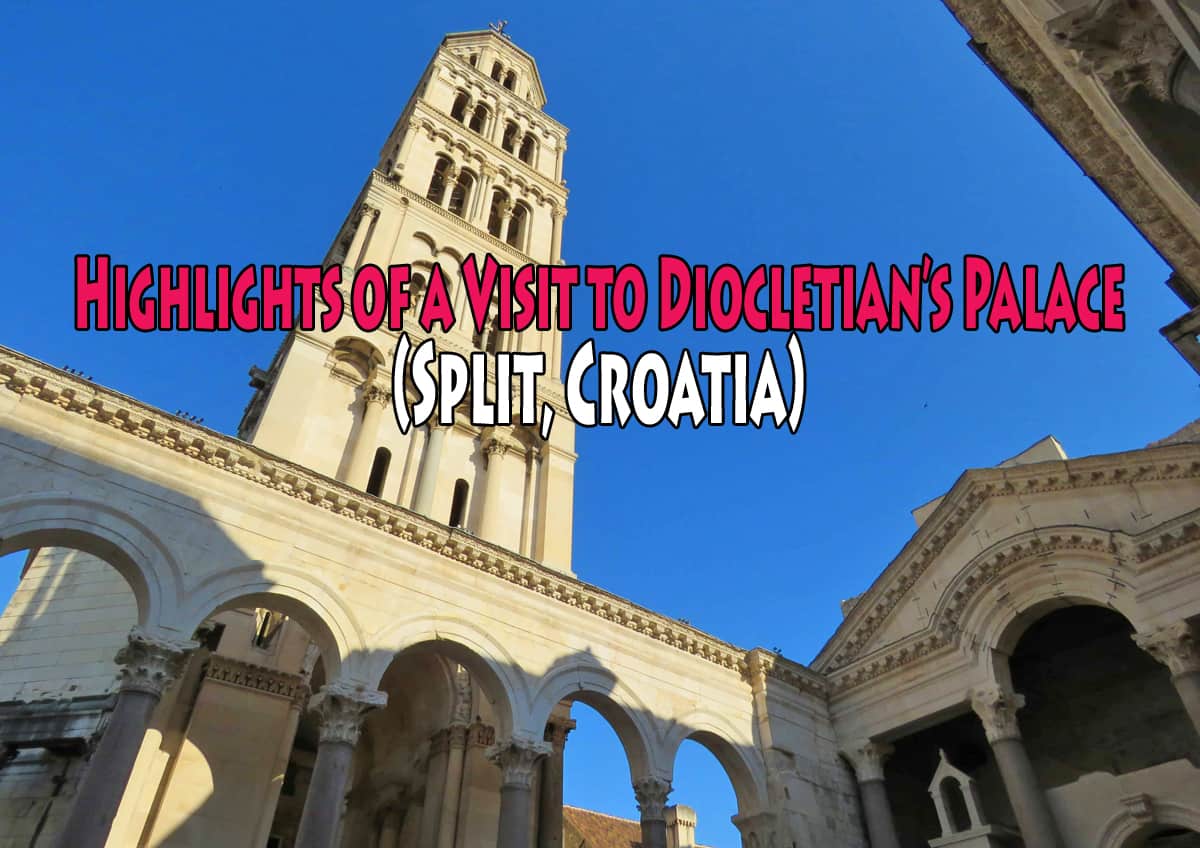

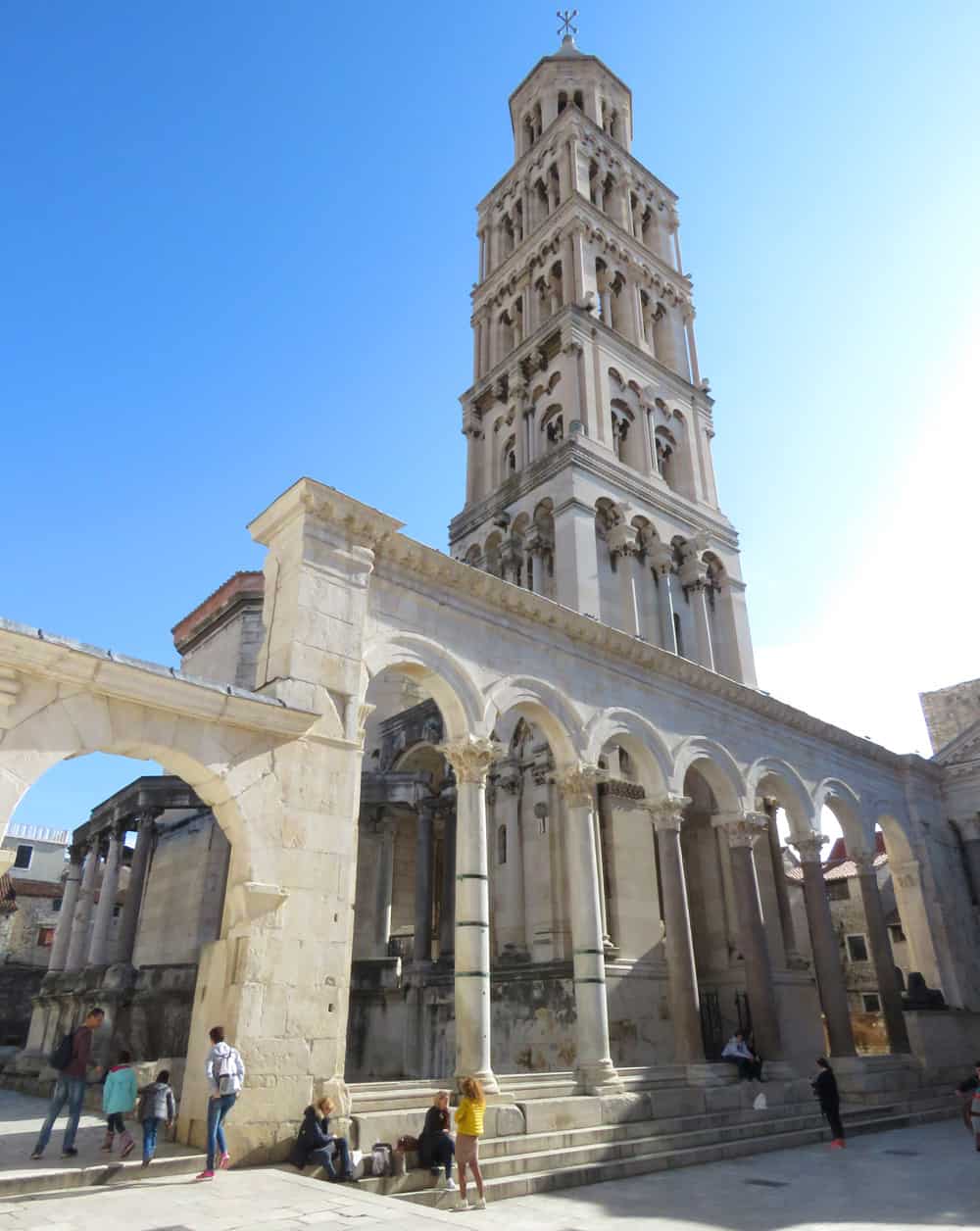
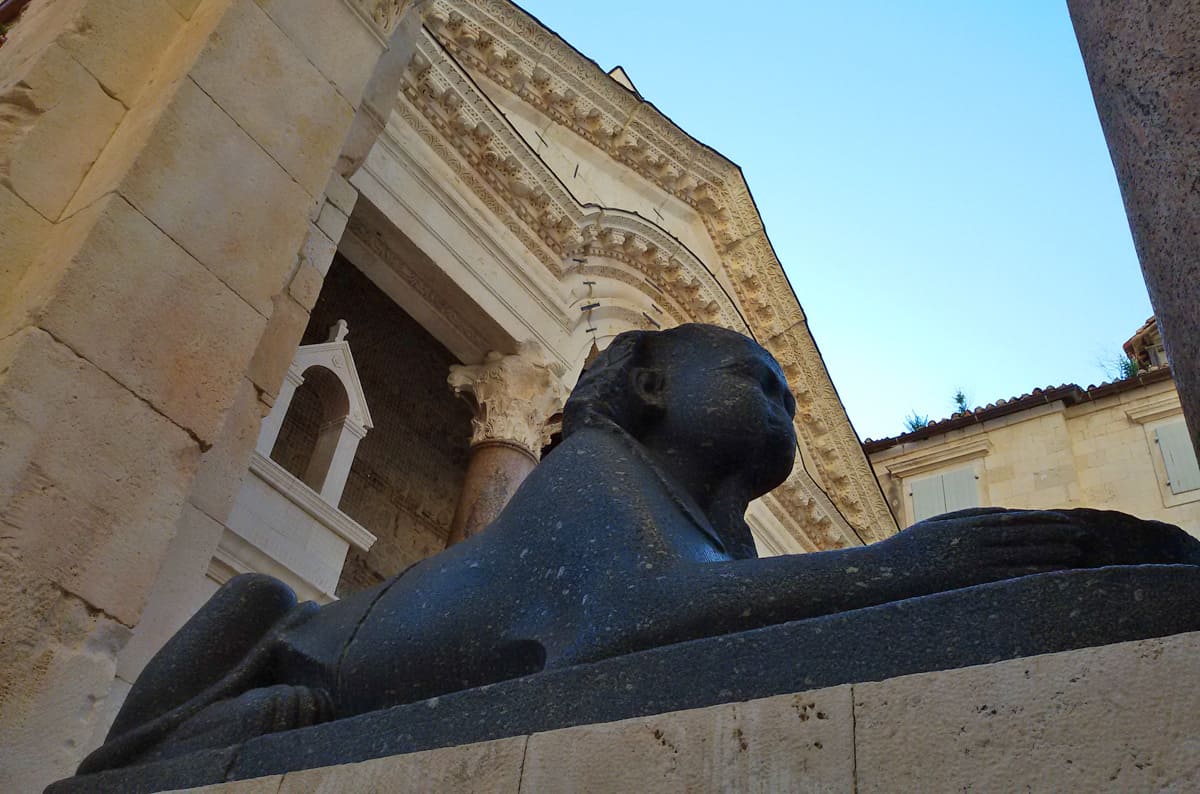
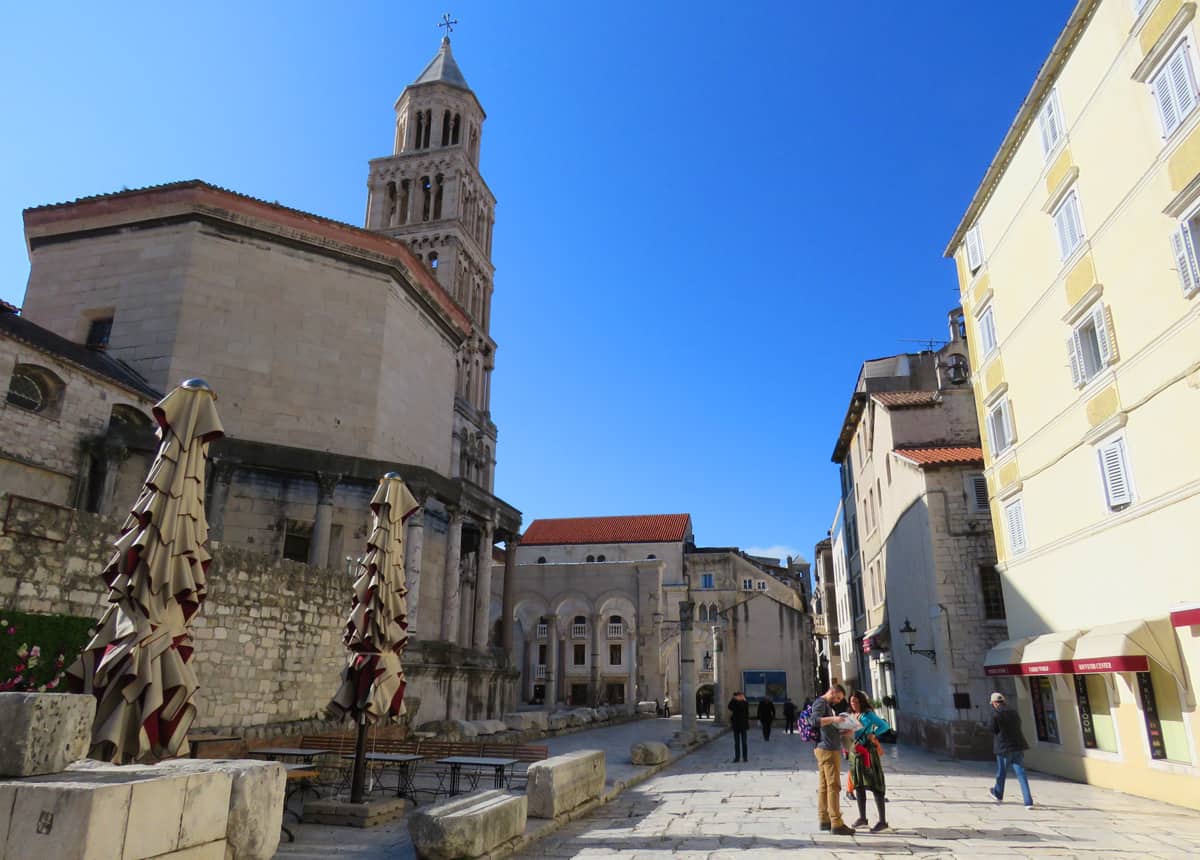
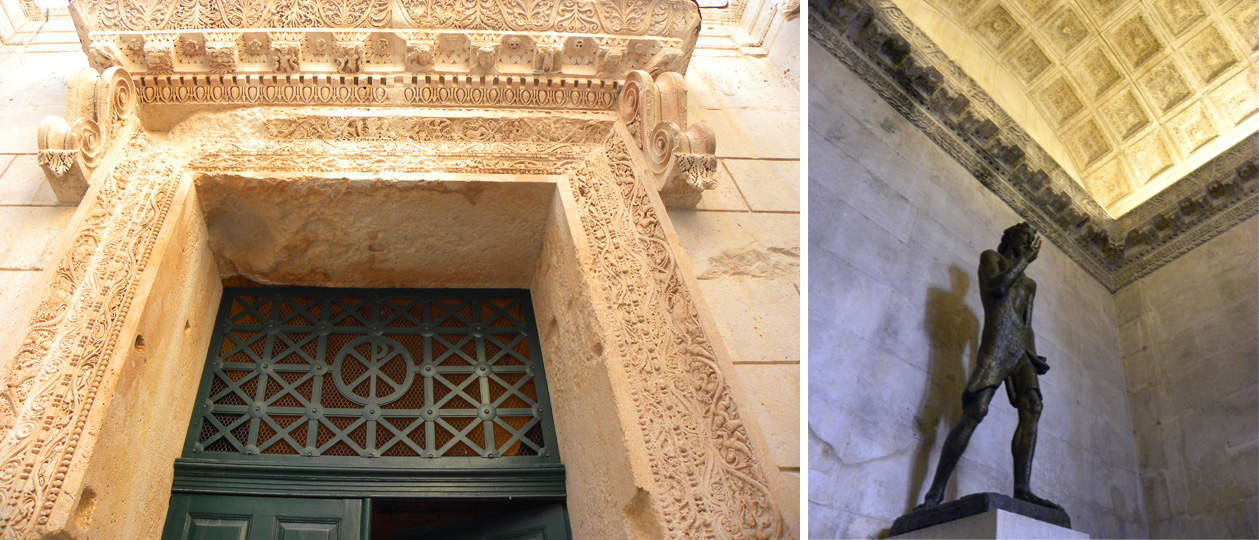
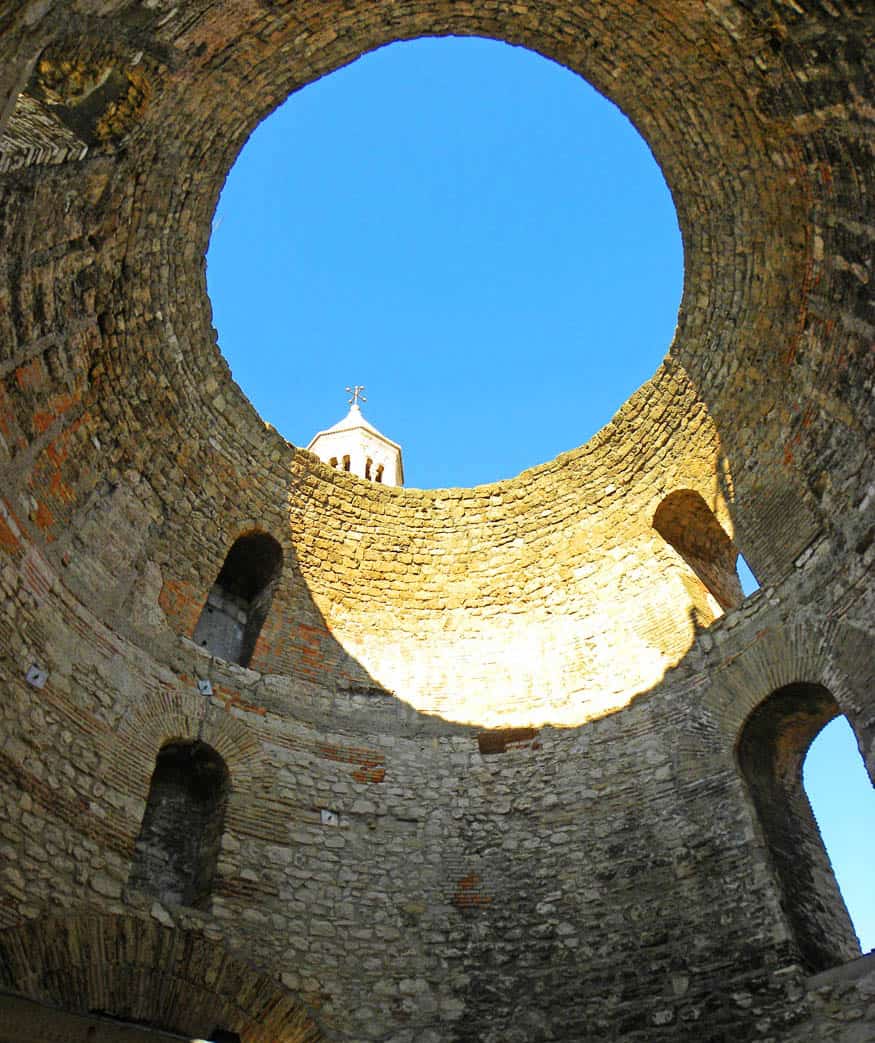

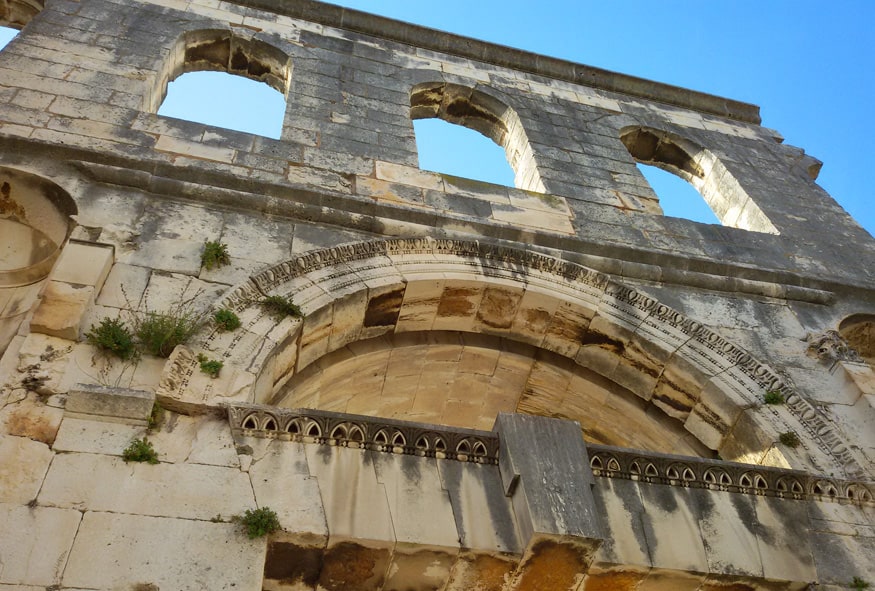

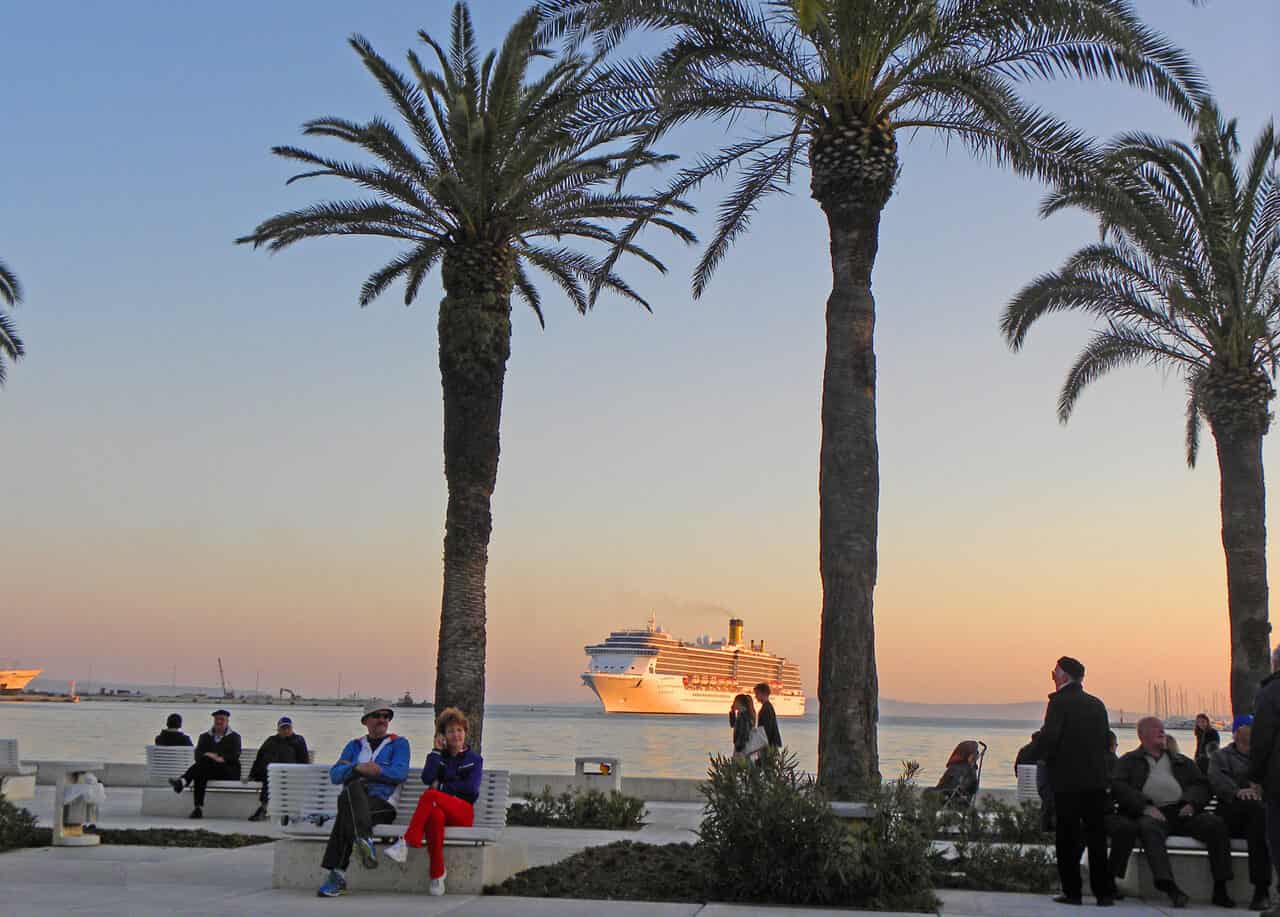
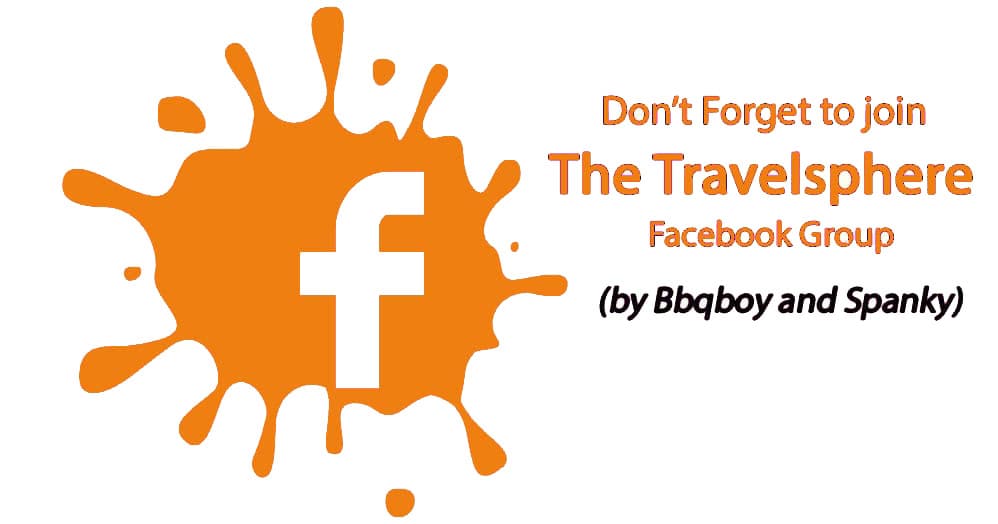



Your posts seem to magically appear right when I log into my blog feed, so it’s great timing! 🙂 Are you guys going to be visiting Plitvice as well?
I’m so not technically savvy and I’ll have to look into ‘blog feeds’. But great, always happy when people get our stuff before I even start distributing it.
We’ll try to see Plitvice if we can. Otherwise we have one closer which is (Krka) which is an alternative. Did you go to Plitvice and was it worth it for you? I hear people say they love and and others say they were disappointed…